Shipping quote request
We’ll calculate the shipping price as soon as getting your request.
Shipping quote request
We’ll calculate the shipping price as soon as getting your request.
You May Also Like
More from this Dealer
Salvador Dali, Nude with Snails Breats, 1967, Etching
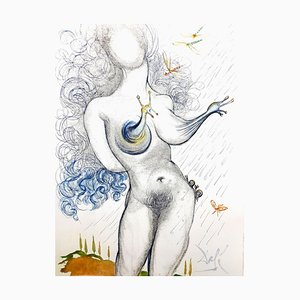
Marc Chagall - The Bible - Job - Original Lithograph 1960
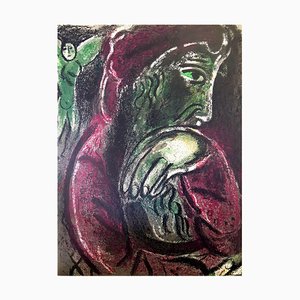
André Derain - Ovid's Heroides - Original Etching 1938
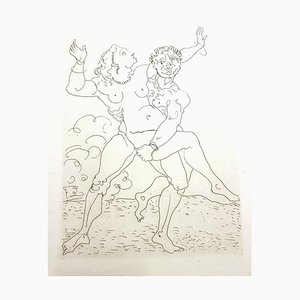
Marc Chagall - The Bible - Paradise - Original Lithograph 1960

Flowers - Lithograph 1965
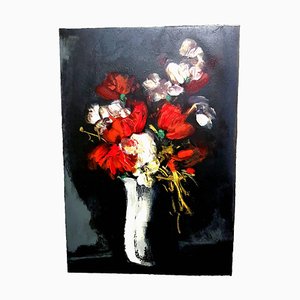
Raoul Dufy - Plates - Original Etching 1940

Antoni Clavé - Original Lithograph - For Pushkin's Queen of Spades 1946
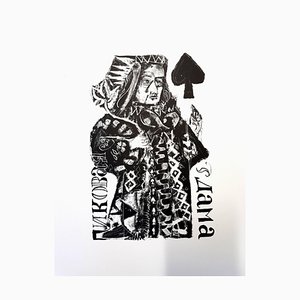
Jacques Villon - Man - Original Etching 1951
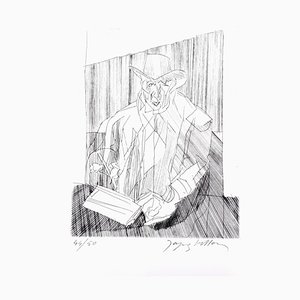
Zao Wou-ki - Moments - Original Aquatint with Hand-Signed Justification 1996
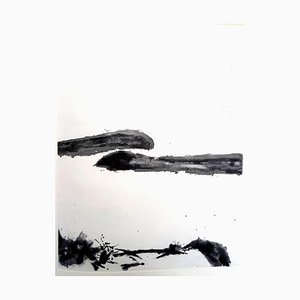
Gochka Charewicz - Herbarium - Original Signed Lithograph

Jean Cocteau - Torero's Son - Original Lithograph 1961
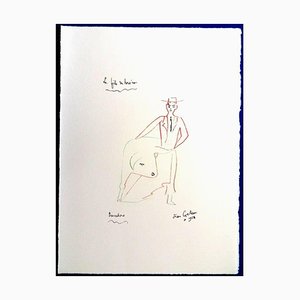
Raoul Dufy (after) - Lithograph 1965
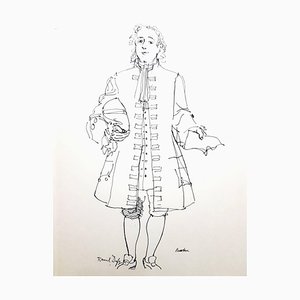
Moulin de la Galette - Lithograph 1965
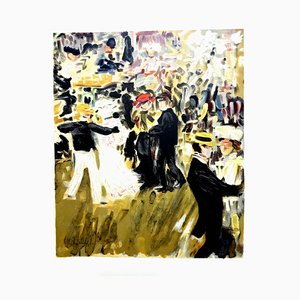
Dufza, Paris, Le Vert Galant, Etching, 1940s

Enki Bilal - Athena - Original Lithograph 2012

André Lanskoy - Composition - Original Etching 1960
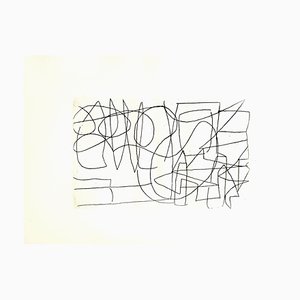
André Lanskoy - Composition - Original Etching 1960

Leonor Fini - Toads - Original Hand Signed Lithograph 1982
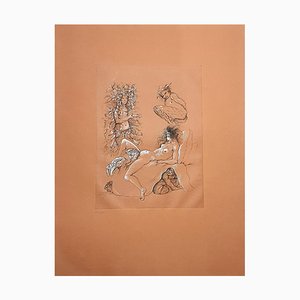
Salvador Dali - Sator from ''Faust'' 1969
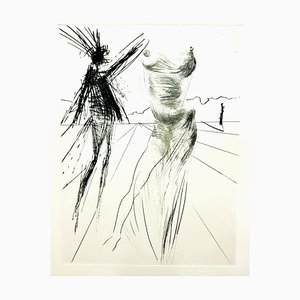
Jean Cocteau, White Book, 1930, Hand-Colored Lithograph
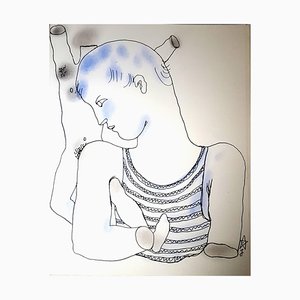
More Products
Get in Touch
Make An Offer
We noticed you are new to Pamono!
Please accept the Terms & Conditions and Privacy Policy
Get in Touch
Make An Offer
Almost There!
To follow your conversation on the platform, please complete the registration. To proceed with your offer on the platform, please complete the registration.Successful
Thanks for your inquiry, someone from our team will be in touch shortly
If you are a Design Professional, please apply here to get the benefits of the Pamono Trade Program